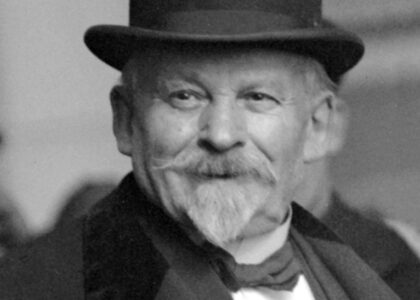Welcome to Putnam’s Stone Cabin, a remarkable relic from the early days of Independence, California. This California Historical Landmark tells the story of Charles Putnam, a man who played a pivotal role in the development of the Owens Valley region. Established in 1861, Putnam’s trading post quickly became a crucial hub for traders and settlers alike.
In those early years, the area was a bustling center for miners and pioneers during the California Gold Rush. Putnam’s Stone Cabin served not only as a trading post but also as a gathering place for the community. Its strategic location across the street from what is now the Inyo County Courthouse made it a prime spot for business and social interaction.
The cabin and the surrounding settlement were initially known as Putnam’s, later renamed Little Pine, after the nearby Little Pine Creek. This name change reflected the growing identity of the community as it expanded. Independence itself was founded following the establishment of Camp Independence by the U.S. Army in 1862, which was set up to protect settlers from potential conflicts with local indigenous tribes.
Over time, Putnam’s Stone Cabin has witnessed the ebb and flow of history including the transformation of Independence from a military outpost to the county seat of Inyo County in 1866. This cabin stands as a silent witness to the resilience and determination of those early settlers who forged a community in the rugged landscape of eastern California.
Visitors to Putnam’s Stone Cabin can imagine the lively exchanges that once took place here, envisioning traders haggling over goods and travelers sharing stories from their journeys. As you stand before this historic landmark, you are transported back to an era of exploration, challenge, and opportunity.






